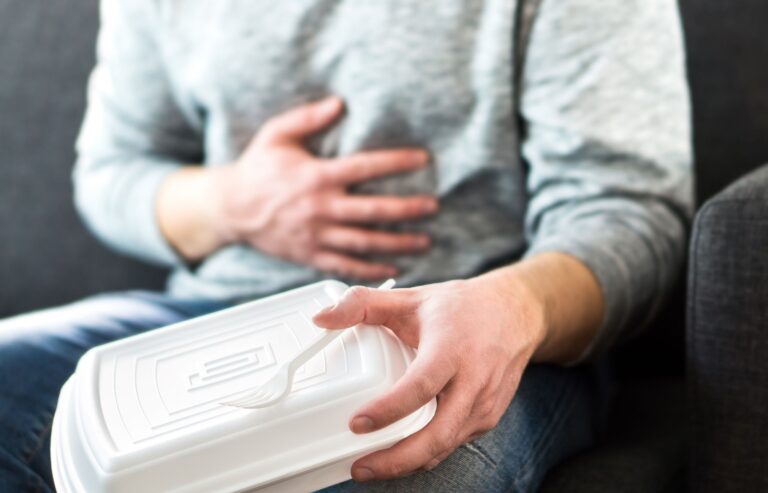An analysis of pathogen-contaminated food outbreaks from 1998 through 2020 showed that Salmonella was implicated in significantly more outbreaks than E. coli or Listeria, as the data from the recently released annual IFSAC report on Sources of Foodborne Illness illustrate. The 1998-2020 analysis, based on attribution data from CDC’s Foodborne Disease Outbreak Surveillance System, focused on 1,287 outbreaks confirmed or suspected to be caused by Salmonella, E. coli O157, or Listeria (and able to be assigned to a single food category). The resulting dataset included 1,287 outbreaks in which the confirmed or suspected implicated food or foods could be assigned to a single food category: 960 (74.6%) caused or suspected to be caused by Salmonella, 272 (21.1%) by E. coli O157, and 55 (4.3%) by Listeria. These include 43 outbreaks caused by multiple serotypes of Salmonella.
Following are some key points from the report on the priority pathogens and TAG’s perspective:
- Although Salmonella illnesses came from a wide variety of foods, 78% were attributed to seven food categories: chicken, fruits, pork, seeded vegetables (such as tomatoes), other produce (such as fungi, herbs, nuts, and root vegetables), beef, and turkey.
In Perspective. As we have discussed in recent articles (Oct. 25, Aug. 16) USDA is taking some significant steps toward reducing Salmonella in poultry products. While nearly one-fourth (23%) of 2020’s foodborne Salmonella illnesses were linked to chicken or turkey, that leaves the majority of illnesses linked to other foods, with the greatest percentage (43%) related to produce. - 58% of E. coli O157 illnesses were linked to vegetable row crops (such as leafy greens) with beef, at 28%, being the second highest food to which E. coli illness was attributed. No illnesses were attributed to eggs or oils/sugars.
In Perspective. The foods associated with E. coli illnesses are likely the least surprising as any as beef (particularly ground beef) has historically been one of the first foods that come to mind in relation to E. coli and the number of leafy greens recalls of recent years has made that commodity a high suspect in any E. coli contamination. What isn’t quite as simple is how to mitigate the contamination and reduce both recalls and illnesses. - 76% of Listeria monocytogenes (Lm) illnesses were linked to dairy products, fruits, and vegetable row crops, with dairy products accounting for 37% of the illnesses and less than 10% linked to meats. However, ILSAC notes that the rarity of Lm outbreaks makes these estimates less reliable than those for other pathogens.
In perspective. When one thinks of Listeria contamination, it is often deli meats and other RTE foods that first come to mind, rather than dairy or fruits – at least until recent years. The cantaloupe Listeria outbreak of 2012 was one of the first major outbreaks that showed industry the emerging risk of Listeria contamination of fruits. For dairy, it is the use of soft cheeses made from unpasteurized milk that has become a significant risk, particularly for those who are pregnant or immunocompromised. - Attribution estimates for Campylobacter were not included in this year’s report because evidence suggests that Campylobacter outbreak sources differ considerably from those of non-outbreak-associated illnesses. For example, 91% of the reported Campylobacter outbreaks related to dairy were associated with unpasteurized milk which is consumed by a very small percent of the population. Thus, IFSAC is exploring alternative approaches for estimating these sources.
In perspective. With climate change altering precipitation and temperature patterns around the world, this is expected to affect a range of infectious and foodborne diseases, such as Campylobacter. This is appearing to play out as Campylobacter incidences, in both humans and broiler flocks, have been linked to increases in temperature and precipitation; they have become the leading cause of enteric zoonotic infections in most developed and developing countries; and the risks appear to be increasing. So the continued analysis of outbreak sources and mitigation solutions will become more and more critical.
In further analysis of the most recent year included (2020), IFSAC found that only 24 of the outbreaks (that met the inclusion criteria) were caused by Salmonella, E. coli or Lm. This is significantly lower than previous years, as shown in the table below:
| Year | Related Outbreaks |
| 2020 | 24 |
| 2019 | 59 |
| 2018 | 65 |
| 2017 | 66 |
| 2016 | 59 |
IFSAC cites several possible reasons for the low number of outbreaks in 2020, all related to the COVID-19 pandemic:
- Changes in healthcare-seeking behaviors may have decreased the detection of illnesses and reduced the number of reported outbreaks.
- Public health interventions to prevent the spread (e.g., restaurant and school closures) may have reduced exposures to contaminated food and, thus, the number of illnesses and outbreaks.
- Fewer events and gatherings occurred in 2020, reducing the opportunities for outbreaks to occur.
- The pandemic consumed public health resources, likely reducing investigative capacity and, thereby, the number of recognized and reported outbreaks.
Tracking outbreaks is a very useful tool to help public health officials and regulatory agencies focus resources on high-risk foods. While these recent data show some shifts, some of which are likely related to the COVID-19 pandemic, the fundamental attributions remain much the same. Some of the numbers, such as Salmonella cases, just do not diminish and thus drives regulatory focus.
While charting and analyzing the data of outbreak sources is an interesting and important effort, the more critical aspect is the focus on reduction and preventive solutions. While there are still many questions that remain unanswered, and we are still far away from complete elimination, the hazards can be determined and the risks mitigated to reduce the chances and impacts of recalls and human illness.
If your facility needs assistance with hazard analysis and risk mitigation for any food safety issues, give TAG a call. We can help!





